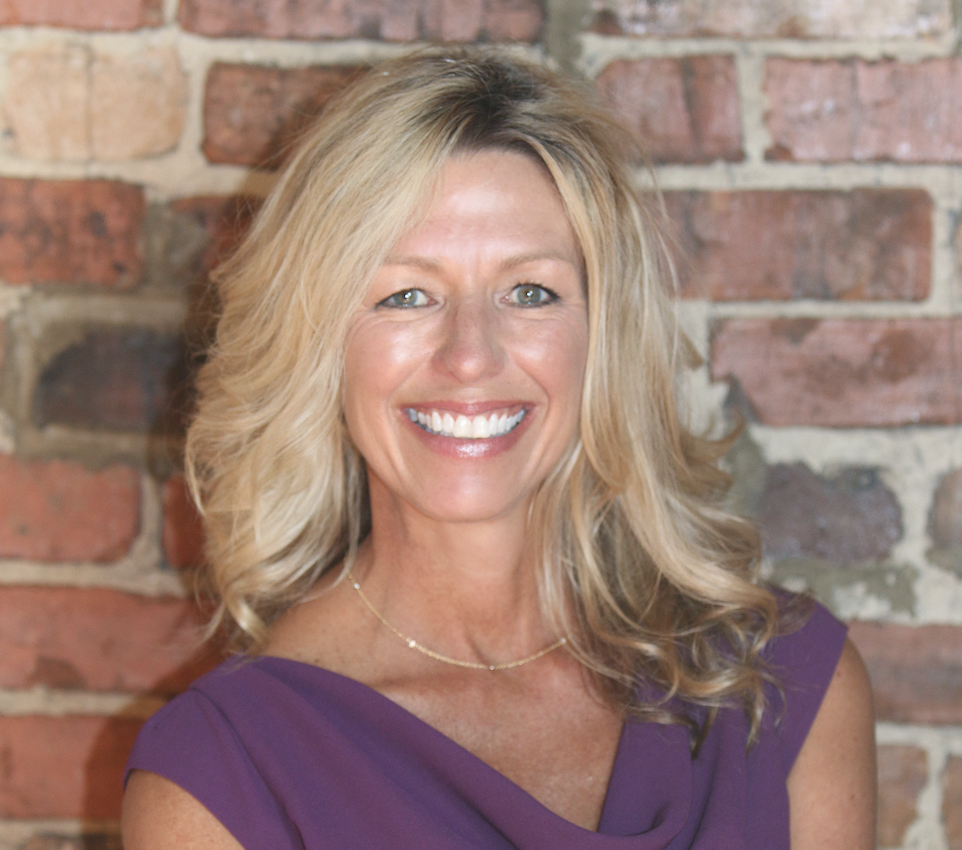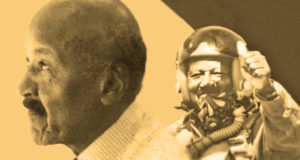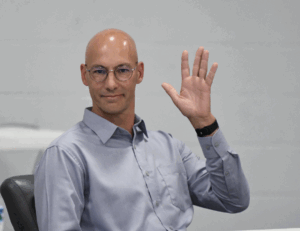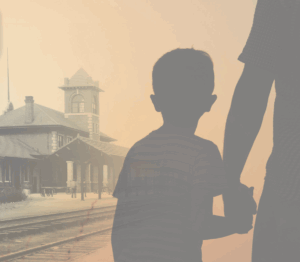
Breaking: Metz resigns as DGDC director
She has been the face of downtown Goldsboro for more than 20 years, but Thursday, Downtown Goldsboro Development Corporation Director Julie Metz announced that she is moving on.
Metz, who joined the DGDC in September 1999, officially resigned from her post to accept a position with the North Carolina League of Municipalities. Her last day will be Dec. 9.
“This was an incredibly difficult decision,” she said. “Downtown is my baby.”
We spoke to Metz this summer for a story that ran in the Fall edition of our print publication, Eastbound & Downtown, about the progress that has been made downtown since the city adopted its downtown master plan more than a decade ago.
You can read that story in its entirety by clicking here, but the following excerpt sums up Metz’s contribution to what is, today, a thriving downtown.
“To most, the summer 2019 reality along Center Street seemed like a pipedream.
Metz was a believer. It’s why she took the job as the DGDCs executive director in the first place.
“I was considering applying and I was sharing that with people close to me. It was getting mixed opinions, with people who are close to me who live outside the city — family and friends from college — saying, ‘Oh that’s cool. It sounds great,’” Metz said. “But anybody that I knew in Goldsboro, they were like, ‘Are you crazy? Downtown? There’s nothing there. You’re never going to be able to make it anything again. It will never be what it once was.’”
Others were more candid.
“One person told me we should just drop a bomb on downtown and walk away,” she said. “To me, that sounded like a challenge. So, for one thing, I’m always up for a challenge. And two, there was nowhere to go but up.”
One could argue that 2005 was the watershed year for downtown Goldsboro.
In February of that year, the Paramount Theatre, one of that last remaining reminders of a bygone era, burned to the ground.
Some saw it as a sign to abandon hope of a revitalized core. But members of the City Council, after extensive lobbying by Metz and her team, did the opposite.
That same year, several months after people stood and watched the Paramount burn — openly weeping and sharing childhood memories that unfolded inside the theater — the council agreed to invest $90,000 into the drafting of a downtown master plan, a “roadmap” that would identify priority projects stakeholders believed could give the area a jolt.
Some wanted multi-million-dollar buildings first.
Others wanted financial incentives that might draw new businesses downtown.
But Metz argued that those things would come only when the public had a new perception of a space that had come to be characterized as crime-ridden and dangerous after business hours.
“And so, streetscape became the No. 1 public investment,” she said. “What the streetscape did is address scale — human scale. People don’t think that was a big deal, but for us, to try to create a space that attracts people and makes people feel comfortable and safe, scale is a big thing.”
From lighting and tree choices, to expanded sidewalks, they gave space “back to the pedestrian.” And by 2008, when the Paramount, thanks to a public/private partnership, reopened, the infrastructure was well on its way to accommodating the crowds it would draw, and the momentum the theater’s rebirth would create.
“The Paramount was vital at the time because it was the first and only entity that attracted people to downtown after 5 p.m. when all the shops, the few that were there, were closed,” Metz said. “It’s human nature. People want to be where other people are. It seemed unsafe or uncomfortable to be the only person on Center Street at dark. But when you see other people walking around downtown after dark, all of a sudden, it’s a much safer place to be.”
But seeing the bright lights from the Paramount cut through the darkness did not just make people feel safer.
“It also created demand, because now, there are people downtown after hours. There are parents dropping off their kids for practices and they have to kick around for two hours and need a place to go eat,” Metz said. “That’s when we started to attract some restaurants in the evening.”
Within five years, the Arts Council of Wayne County would move downtown, to the corner of Walnut and John streets, amplifying the need for “more to do” at night and on the weekend.
And the non-profit also provided the DGDC with “a really good partner in venturing out into that public art realm.”
Vibrant murals began popping up on brick walls. Crosswalks became pieces of art.
Alleys that most would have avoided at all costs back in 2005 became “art alley” destinations for amateur photographers and professionals, alike, who found them to be the perfect backdrop for prom, wedding, and engagement photos.
Fast-forward another five years and, much like the Paramount fire, another disaster sparked growth downtown when Hurricane Florence damaged Bicycle World and the Artistic Dance Academy.
Both would opt to relocate to Center Street. Both have driven significant traffic to the city’s core.
Officials recently broke ground on “The Hub” — a venue for Center Street Jam and other public events that will feature, among other things, a covered stage, splashpad, public restrooms, public art and food truck connections.
Metz is particularly excited about this 28,000 square-foot replacement for Cornerstone Commons, given the fact that it’s been part of the city’s vision for nearly a decade.
“I think it’s going to be a really interesting creative space,” Metz said.”
Metz said Friday that while she is sad to leave the DGDC behind — particularly, the people her position put her into contact with, from volunteers and city staff to residents and members of the DGDC board — she feels confident that downtown is “in a good place” and she is “leaving it in good hands.”
And she insisted that just because she will no longer be in charge of the engine that has made Goldsboro’s downtown revitalization go for as long as most local residents can remember doesn’t mean she is done fighting for the city’s core.
In fact, in some ways, she might be able to fight harder.
“I can serve on the normal, everyday citizen side and maybe be a little more vocal in areas where I haven’t been able to because of my position,” she said. “There is still a lot to do and I plan on being a part of it in whatever way I can.”
For more on this story as it develops, follow the New Old North here and on our Facebook and Instagram pages @newoldnorth

A loaded discussion

Fighting for their lives

Goldsboro loses a giant

“I’m a flippin’ hurricane!”
Public Notices — Jan. 4, 2025

Belting it out

Legendary

Final Four!


